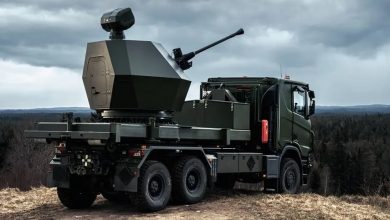Poland to Acquire Seven FlyEye Reconnaissance UAVs

Poland’s Ministry of National Defence has signed a 13.5-million-euro ($14 million) deal with WB Group for the acquisition of seven FlyEye unmanned aerial vehicle (UAV) systems.
Each drone system is composed of four reconnaissance drones and one ground station, all of which will be delivered by the end of 2024.
The contract also covers repair, logistics, and training packages for the UAVs.
Deputy Prime Minister and Defence Minister Władysław Kosiniak-Kamysz said that the drones will be used to strengthen Poland’s deterrence and defense capabilities to address would-be security threats.
“Reconnaissance is the foundation of good planning. FlyEye will serve to enhance the reconnaissance capabilities of the Polish military to the highest standards,” Kosiniak-Kamysz shared.
The ministry plans to acquire a total of 400 FlyEye systems in the future, integrating the UAVs into the force’s 1,600-strong drone army.
A Multi-Role UAV
The WB Group FlyEye is a lightweight, man-portable UAV designed to provide overwatch and targeting during missions.
It has an endurance of 2.5 hours with a 19-mile (30 kilometers) line of sight operating range.
Its visible light and infrared cameras allow it to switch between two real-time video feeds to adapt to various operations.
The UAV’s flight safety features include anti-spin and de-icing systems, as well as bidirectional transmission for its flight control parameters.





